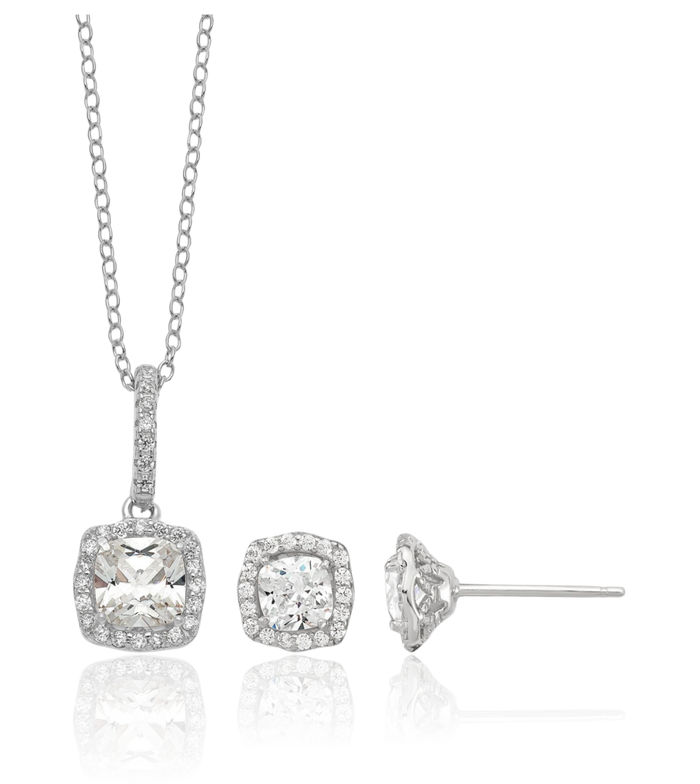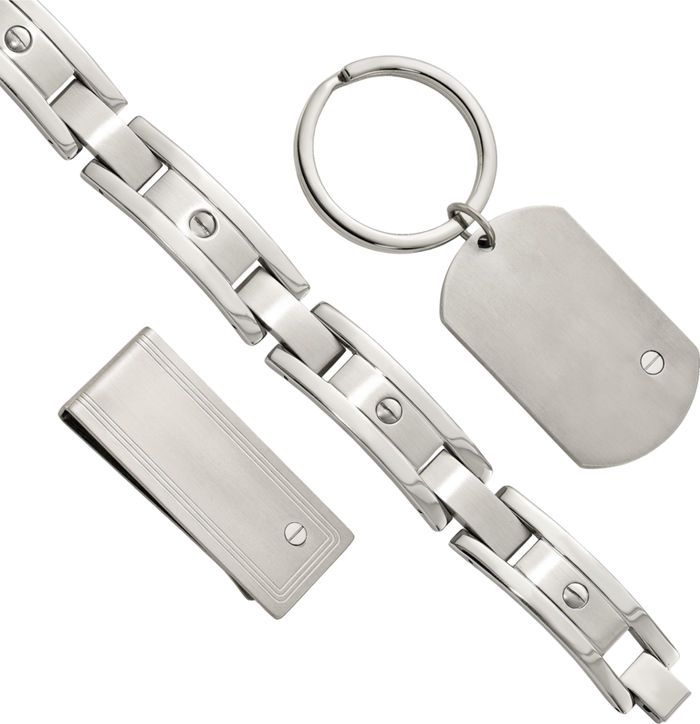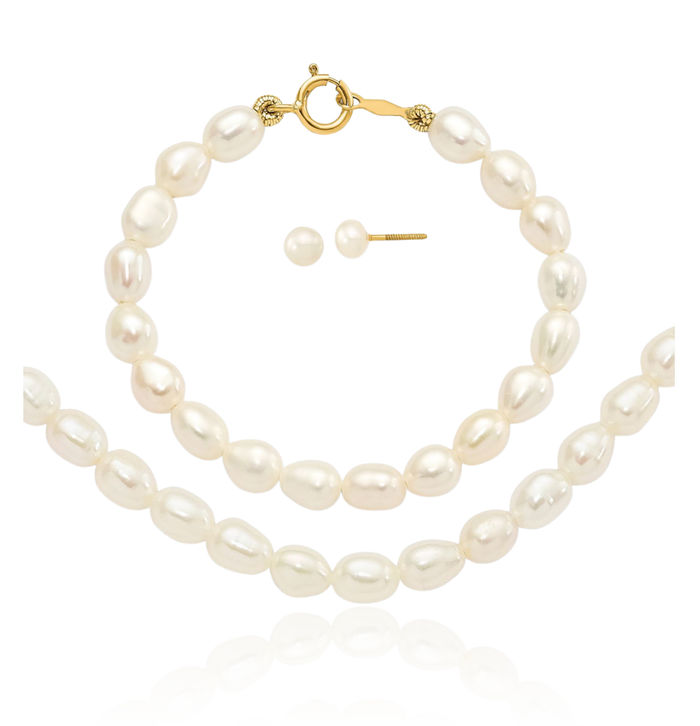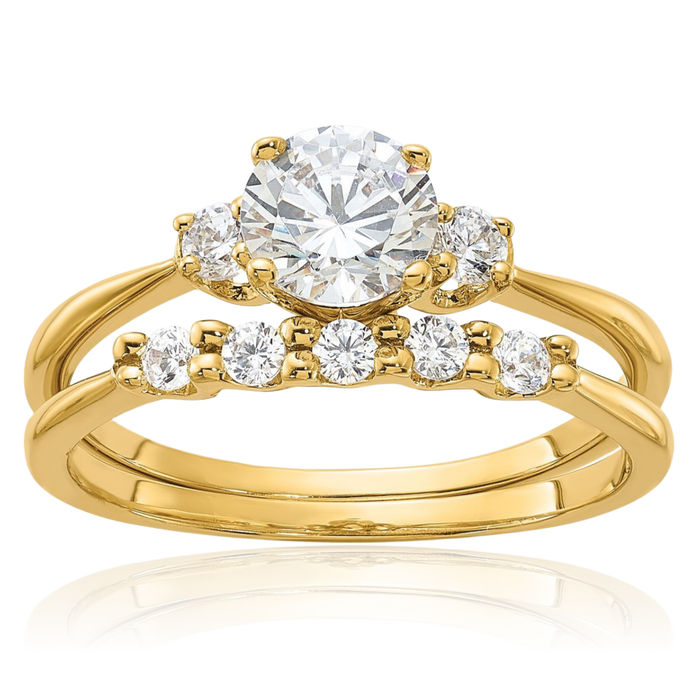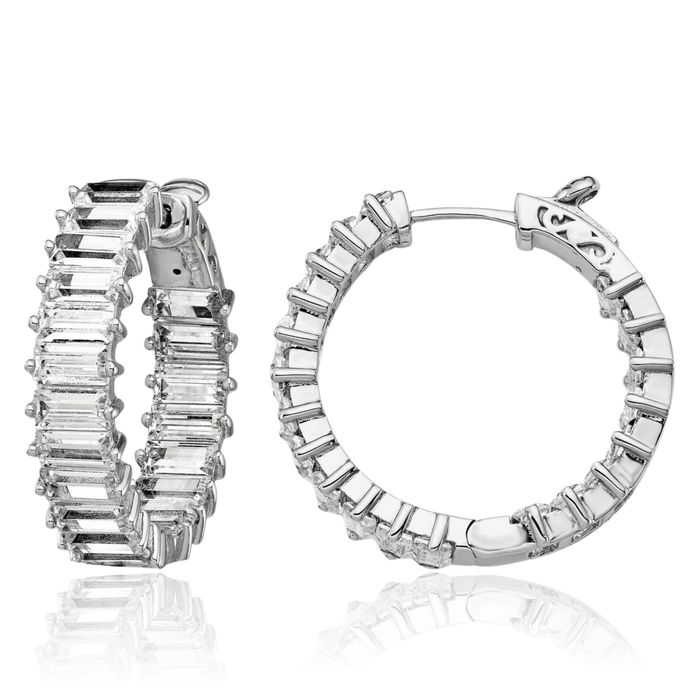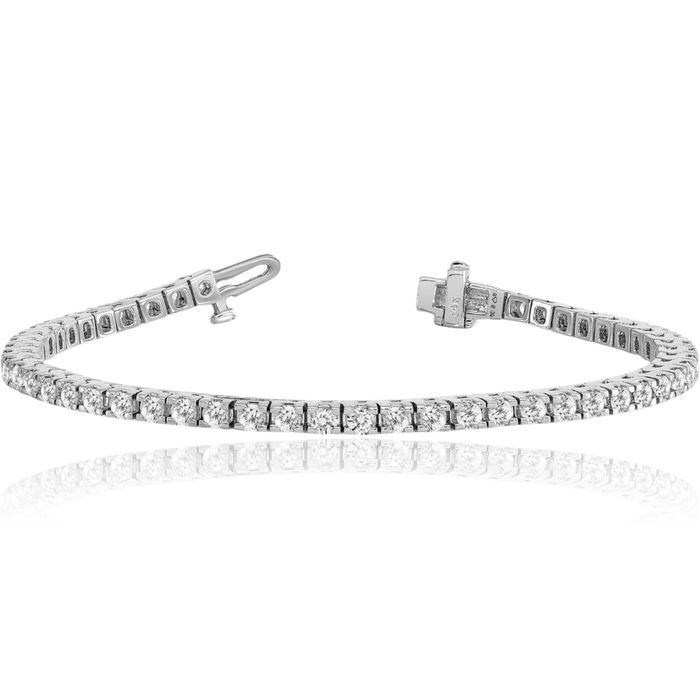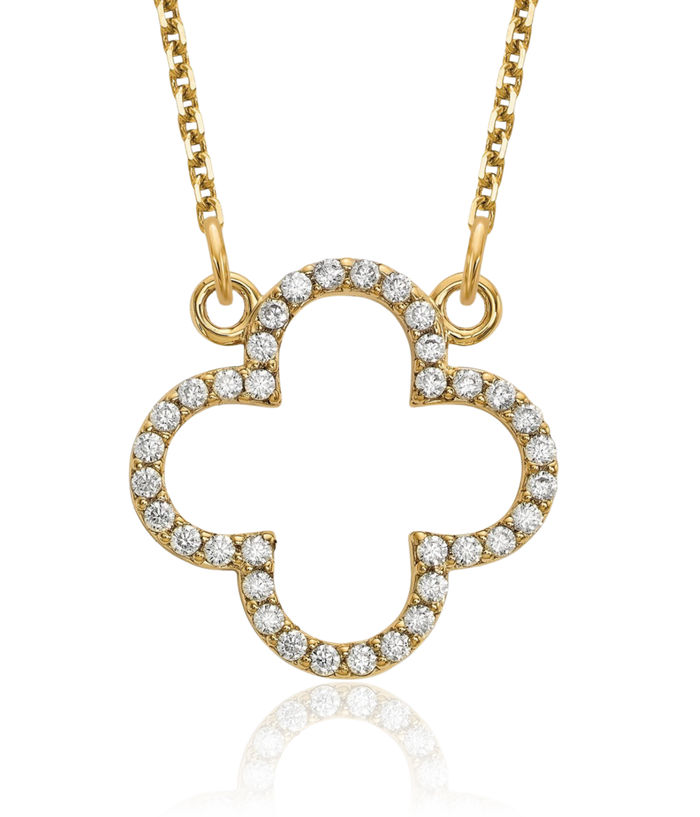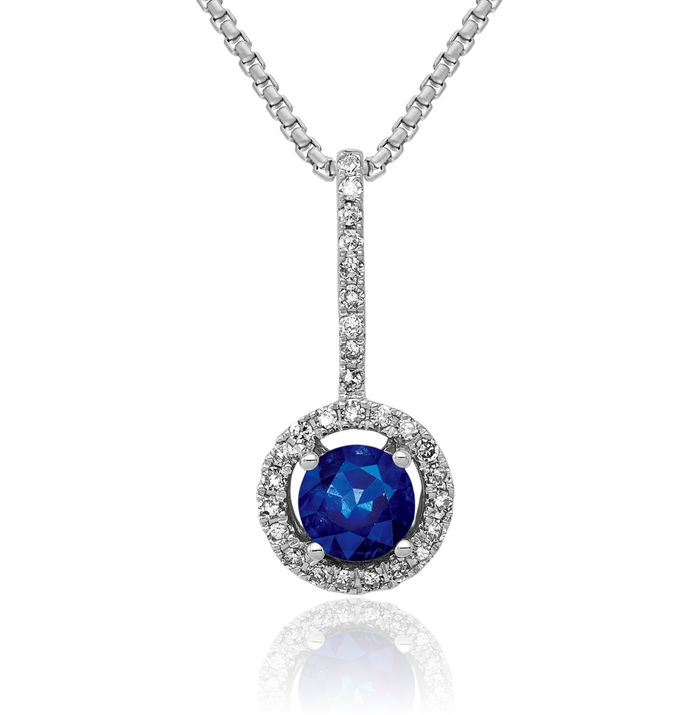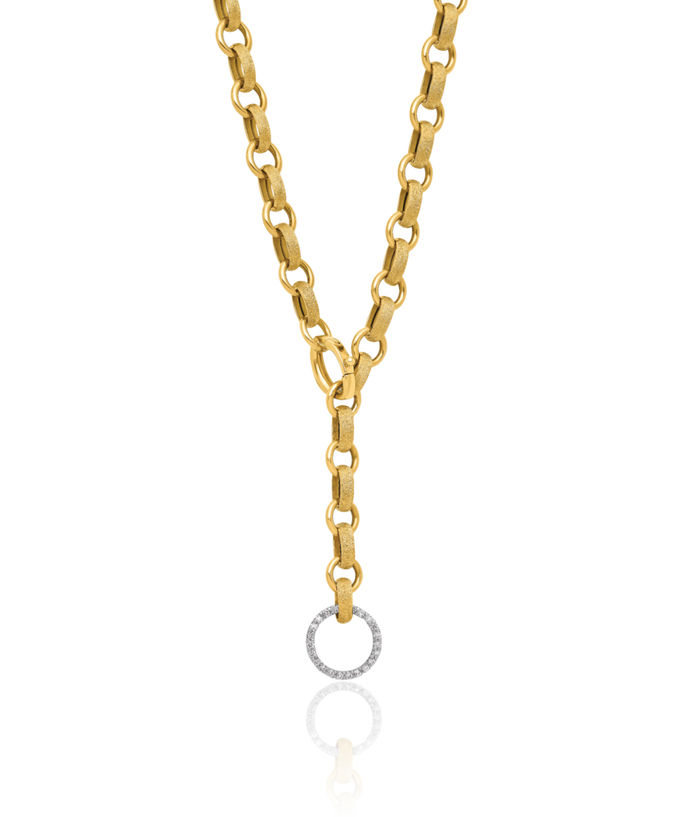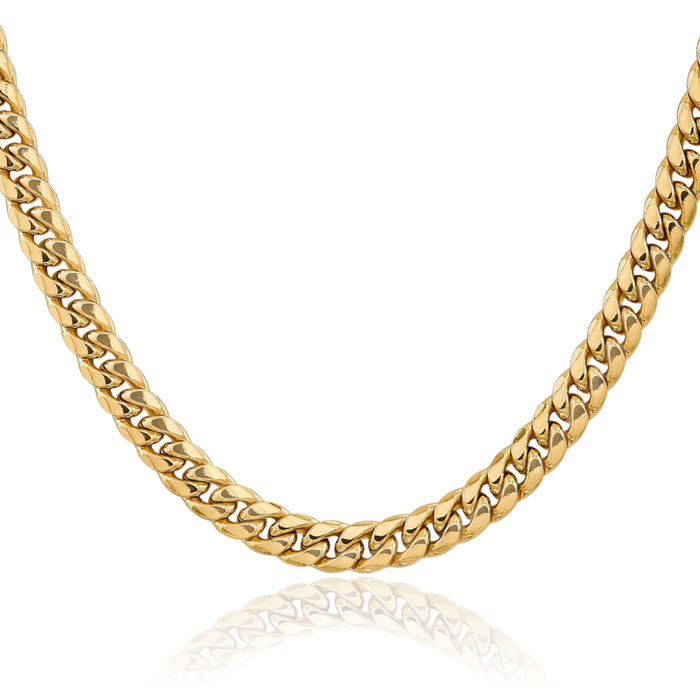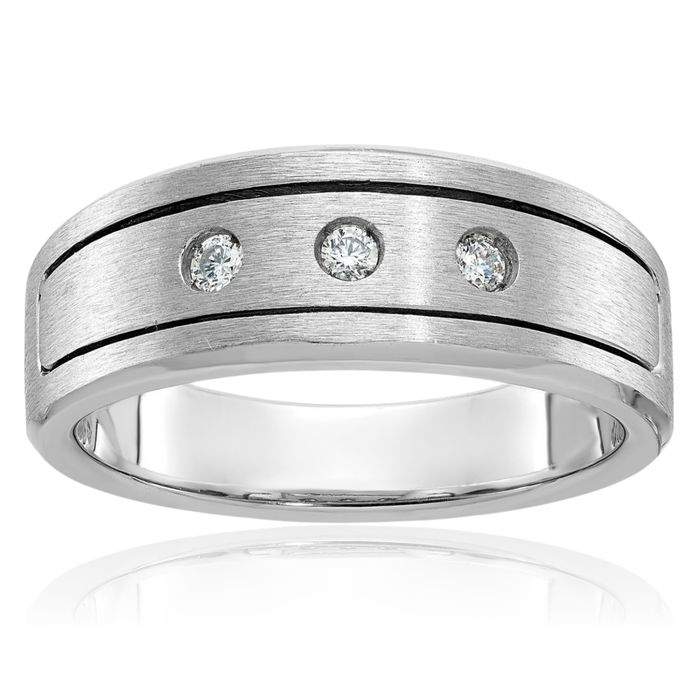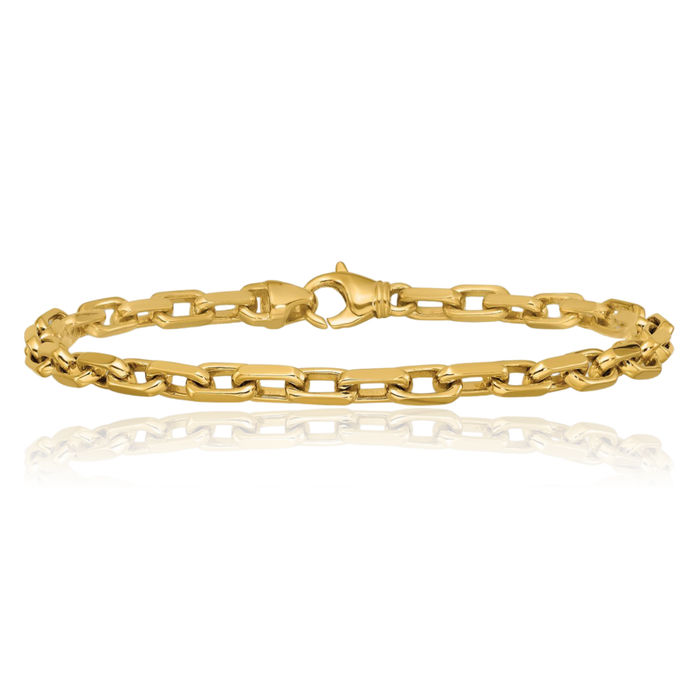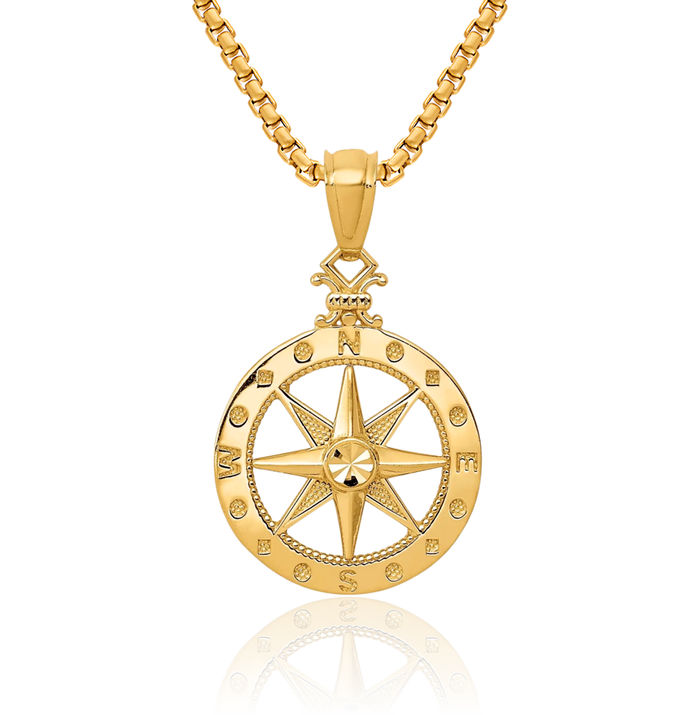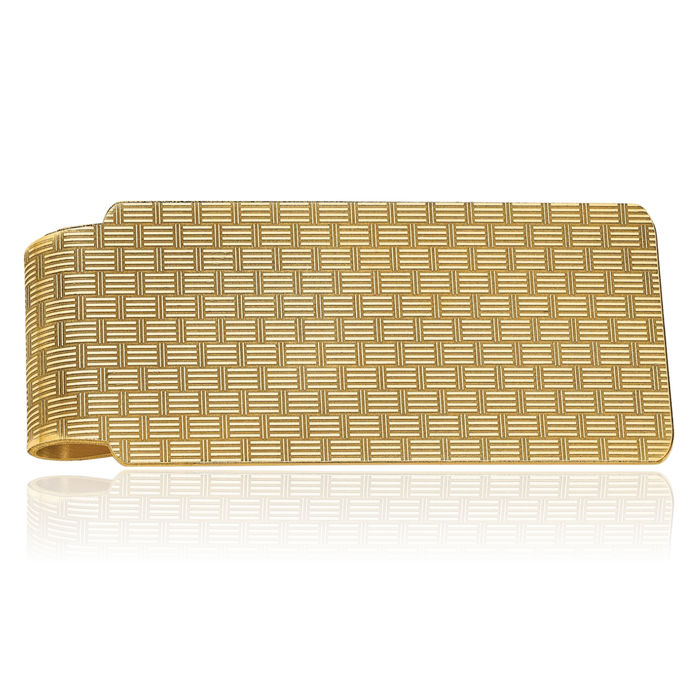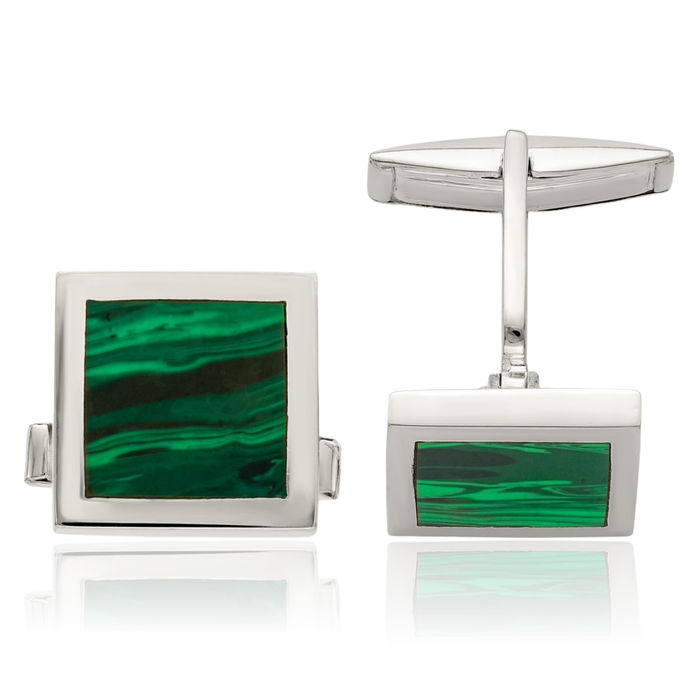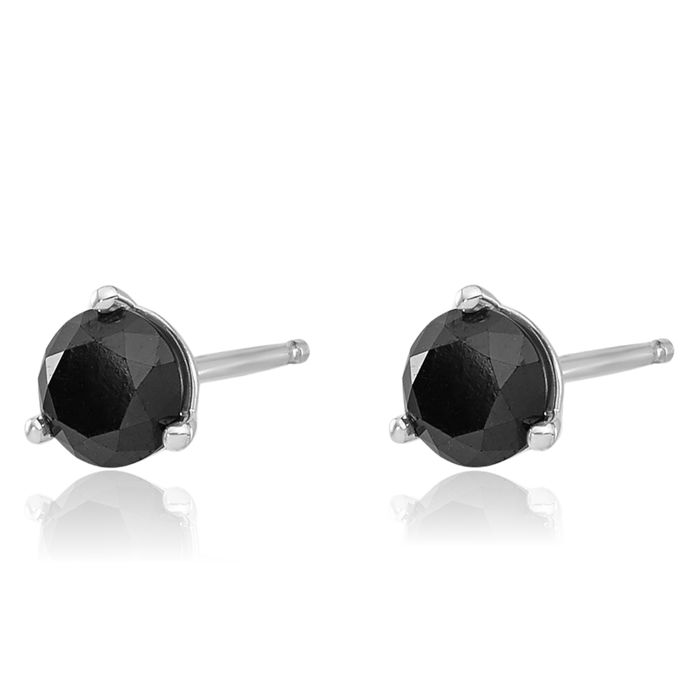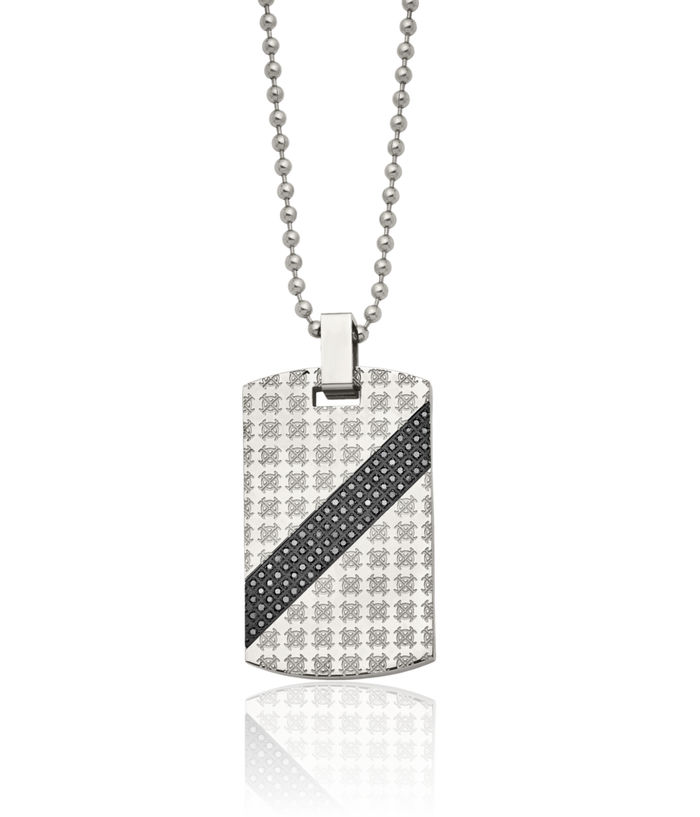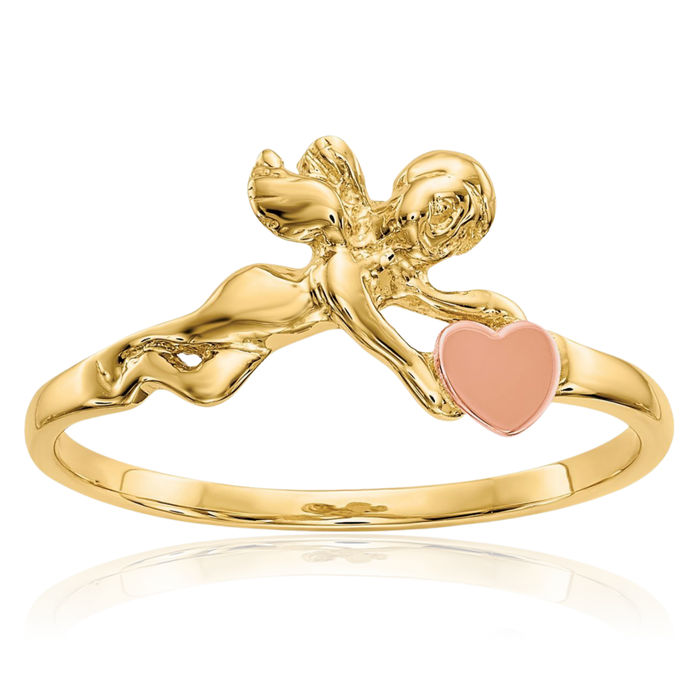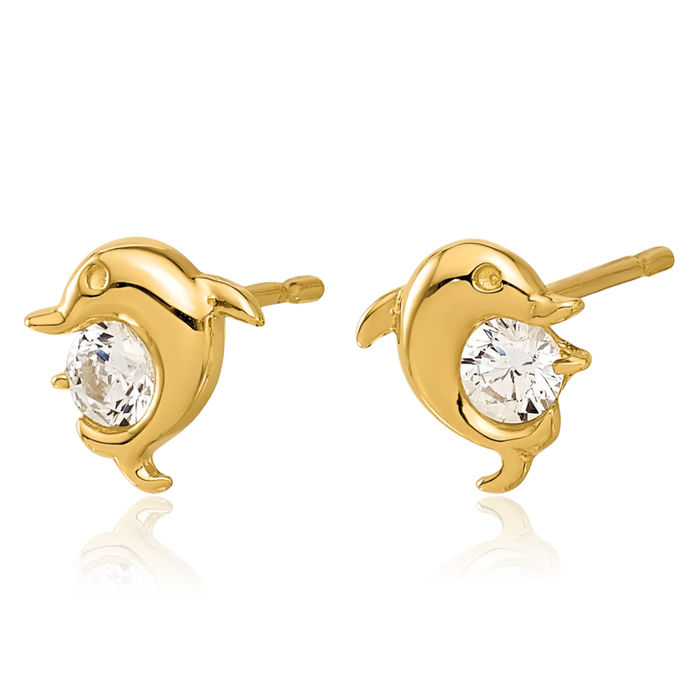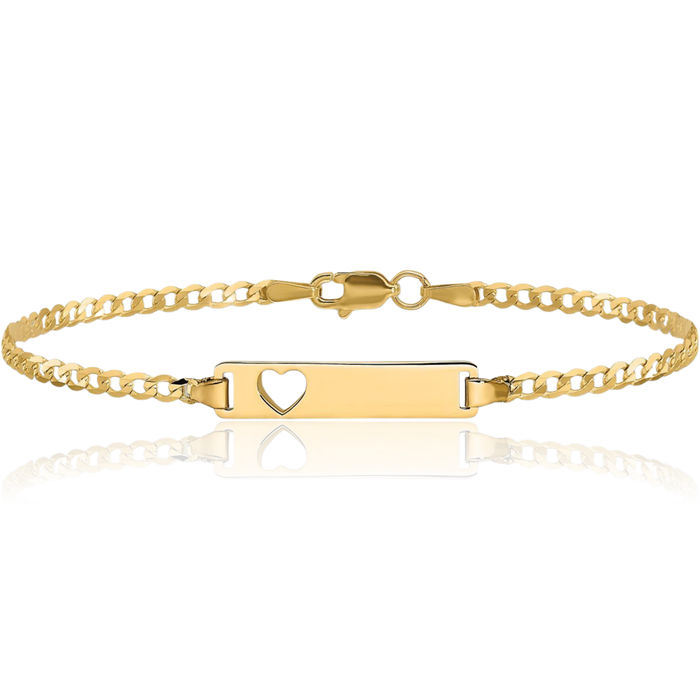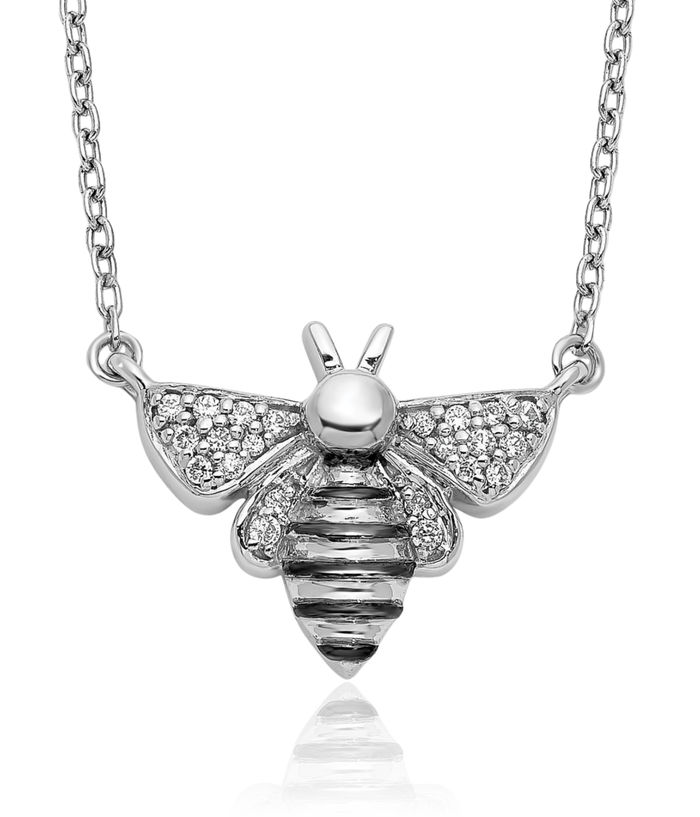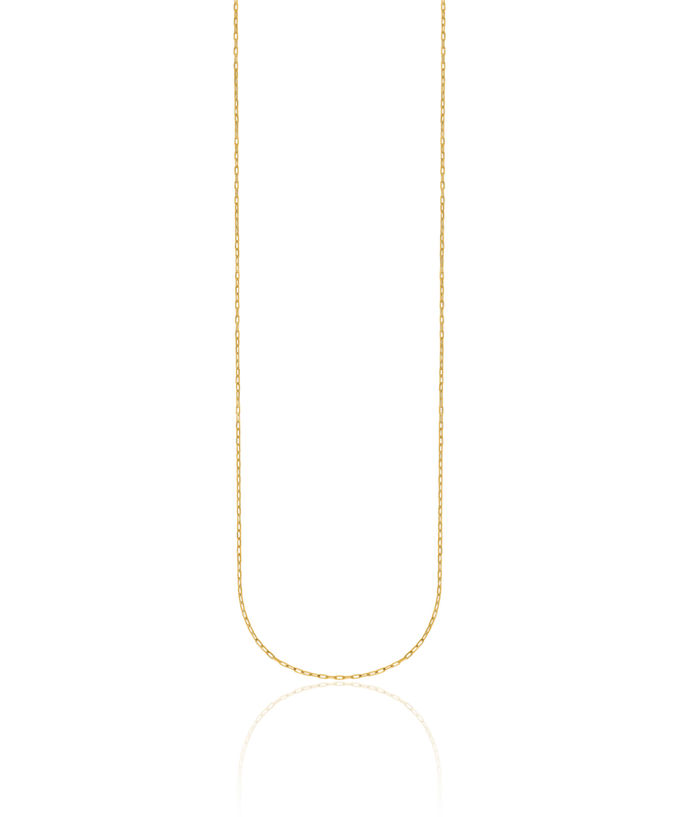
How to Tell If a Pearl is Real: 4 Tests for Jewelry Lovers
Learn how to tell if a pearl is genuine with this guide. We'll show you the physical tests, what to avoid, and professional testing.
Without a doubt, many jewelry lovers are in love with the beauty of classy pearls. I mean, who won't? They're always exuding the vintage touch, they're fancy, and they always make the wearer look ultra-sophisticated. But, for pearl lovers, how do you know if pearls are genuine? If you plan to buy pearl jewelry or have a pearl inheritance, these tips to tell if a pearl is fake will significantly help you (you can't afford to fall for imitations, right?) So save yourself money and risks by knowing if a pearl is natural!
Shop Women's Stackable Pearl Rings
There are many ways to tell if a pearl is natural, and some signs show the authenticity of your pearl jewelry that you should be aware of. Simple tests can also be conducted to validate that what you have in your hands is not costume pearl jewelry. Here are four techniques you can do to ensure you have the actual string of pearls on your neck.
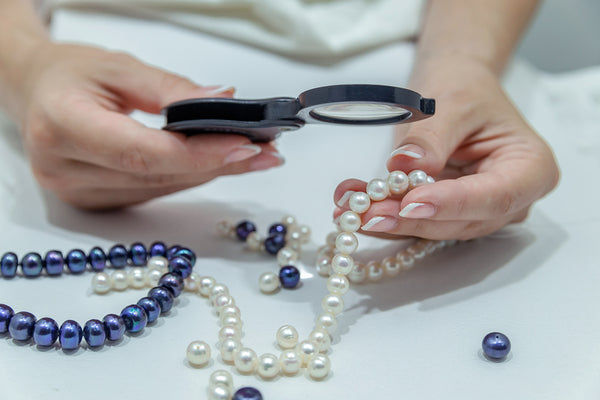
a. The "Imperfection" Test
Believe it or not, when checking out your natural gemstone's authenticity, you must look for its imperfections. Yes, this may sound ironic to some because the real thing should look perfect, right? Unfortunately, that is not the case. A natural pearl always has some imperfections on it. These imperfections may be on its nacre, shape, color, or the way it reflects light. On the other hand, an imitation pearl would often look "too perfect." In your quest to search for natural pearls, imperfections play a crucial role.
Authentic pearls that look perfect in appearance are a rarity, and that's why it is impossible to find a pearl necklace with all too perfect on its strings. If you have a pearl necklace or any pearl jewelry that looks too perfect in every way, this should be a warning sign. A pearl trinket that almost has no imperfections on it is undoubtedly fake.
b. Look Closely at the Luster
One of the ideal ways to tell if what you have is the real deal is by looking at the pearl's Luster. What's a pearl's brilliance, you may ask. Jewelry makers use Luster to describe the light reflected by a particular piece of jewelry. The glow of the pearl is what makes it so famous and so beautiful! Pearls of excellent quality have a clear luster that reflects brightly. Top-quality pearls also come so clear that you can often see your reflection on them! However, the only downfall to this test is that it can differ when testing low-quality pearls. You may mistakenly identify low-quality pearls as fake because they often carry a chalky luster similar to fake ones.
c. Check Your Pearl's Overtone
Have you ever detected that there's a slight color to your pearl's surface every time a ray of light hits it? That is what jewelers call the "overtone." Pearls with beautiful overtones often pay a significantly higher price than their dull counterparts. One of the reasons is that a pearl with a color (also known as overtone) has a high chance of being authentic. The overtone quality is tricky to duplicate, so if your natural gemstone does not have the color overtones, it has a high chance of being fake. If you're looking for valuable overtones, look for either rose or ivory. A downfall to this test is that some pearls' hints are sometimes less visible than others. That's why you cant 100% say that you have a fake pearl just because you never saw it overtone.
d. Pay attention to the pearl's drill hole
To make strings of pearls, drill holes are made for the string to pass through. Ever wonder if you can identify the authenticity of the pearl based on this? An authentic pearl has more of a cylindrical type of hole, is long, and has sharp edges. On the other hand, the fake ones would have a more rounded edge and not as clean as the authentic one's drill.
Shop Women's Pearl Hoop Earrings
2. Things to Avoid once testing
a. Be careful; use multiple tests.
When trying to find out if your pearl necklace is the real deal, please avoid the trap of using one test alone to test its authenticity. Using only one test can impede your judgment; what may result as positive on one can mean negative on another. So when checking if your pearls are the real deal, don't be afraid to try multiple steps. Also, don't forget to define your desired result for a specific test. You will always use that for comparison purposes.
b. Avoid using heat to test pearls
One of the popular tests done to check the authenticity of the pearls is the "heat test." This is done by placing the pearl in question near a flaming material. They say that the pearl will stand the heat and will not melt when it is accurate. If it is not as authentic, the pearls will melt. Unfortunately, there is no basis for this yet. Although yes, fake pearls cannot stand the heat, it can also happen to authentic pearls, especially ones made of a synthetic outer covering. Aside from melting, the pearl's appearance, its original nacre, and its Luster can affect by the heat no matter how authentic it is. Pearls are also great heat conductors, so take extra measures!
c. Don't let a name fool you.
One of the common mistakes of pearl buyers is that they immediately buy something that has something new in its name. The number one rule, especially when buying pearl jewelry, is never to let a name fool you. If it sounds new to you, take time to research its authenticity. One of the kinds of pearls jewelers usually sell is the Mallorca (or, sometimes called, Majorca) pearl. The name might sound appealing to you, but with the proper research, you will know that this kind of pearl is entirely human-made and not naturally authentic. Don't let a name fool you. Be smart and vigilant!
d. Use common sense!
When someone sells pearl jewelry that sounds too good to be true, there is a high chance it is. Always practice the "buyer beware" procedure. Usually, pearl jewelry made from natural gems sells at a high price. Freshwater pearls, the cheapest authentic, often sell at around a hundred dollars. Be aware if someone tries to sell this kind of pearl at a much lower price. You can't risk quality for a lower price. Trusting and buying the real one is better than suffering the consequences later.
Shop Women's Pearl Heart Earrings Jewelry >>
3. Professional Testing
a. Appraise your pearls
For you to be surer, have a jewelry appraiser appraise your jewelry. Depicting the difference between natural and imitation pearls is no easy job. You can always bring them to a jewelry expert who can check the value and the realness of your precious natural gemstone. You can trust these jewelers and jewelry experts because they have adequate tools, training, and skills to be very helpful in your inquiry. Find a trusted jeweler within your area and trust their expertise in telling the truth from the fake ones.
b. Order professional tests for pearls
The great news is you can always order specific tests to be done to your pearls to keep your mind at ease that you have the real ones. The first one of these tests is the X-radiograph test. In this, a jewelry expert uses an x-ray machine to see your pearls clearer. If you have genuine pearls, they will appear as a grayish, almost transparent figure. The fake ones, on the other hand, would appear solid white. The next test you can have for your pearls is the refractometer test. Specific refractive measurements are taken and used by jewelry experts to know if the pearl in question is genuine or not.
4. Touch test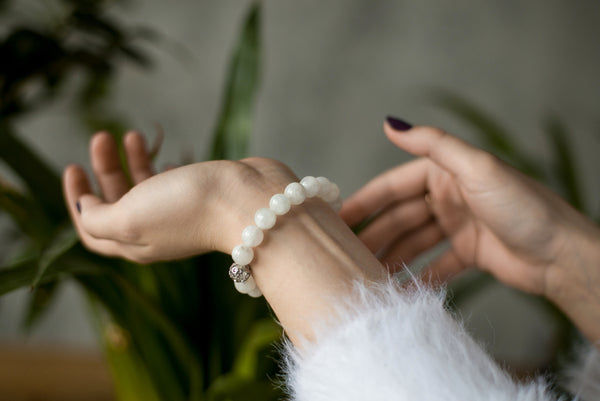
Last but not least, you can do a "touch test." Here are several "touch tests" you can do to your pearls:
a. Rubbing
You can test the authenticity of the pearl by rubbing two of these gems together. Remember that an authentic pearl, when rubbed against another one, will have slight friction because of the rough nacre around the pearl; Unlike fake pearls, which are always smooth, the real ones have a generally uneven "complexion" due to their coating.
b. Feeling on Teeth
Like the friction test, this procedure lets you feel your pearl is natural. As mentioned above, genuine pearls usually have rough outer coverings; when you bite or move your teeth, you will feel a gritty texture. This isn't always true for imitated ones.
c. Feeling the Coolness
Lastly, you can also reasonably predict by using the coolness test. When held, genuine pearls would first feel calm because they are heat conductors and would eventually be warm. Fake pearls remain calm all the time.
Shop Women's Sea Shell Pearls Necklaces Jewelry
Falling in love with pearls is easy, but ensuring you get the best deal from your money is not. With these tips and guides, you can tell whether your pearls are genuine. Invest in this knowledge to get the best deal out of your money. Contact professional help, too, to be 100% sure. For high-quality pearls that are authentic, visit IceCarats.com's collections. Don't sit there waiting. Keep sparkling, darling.
